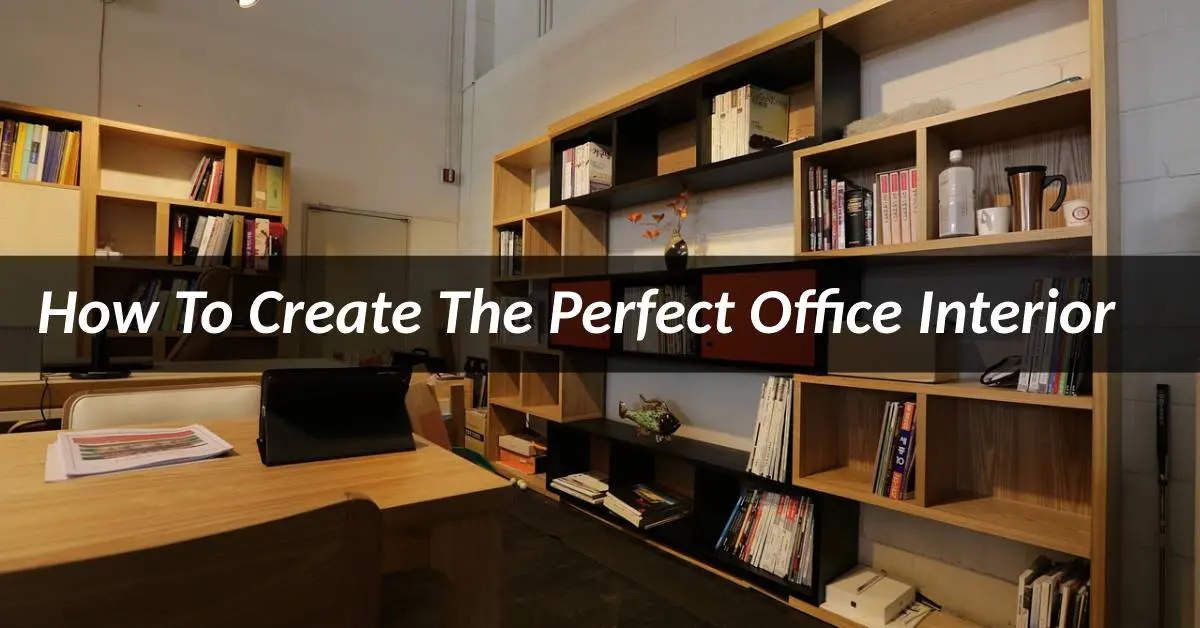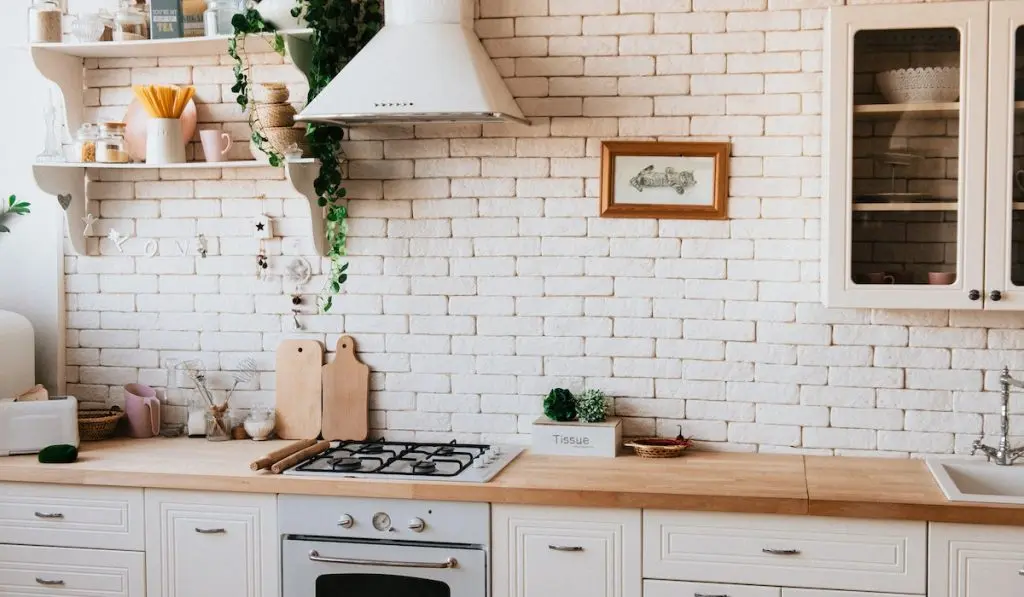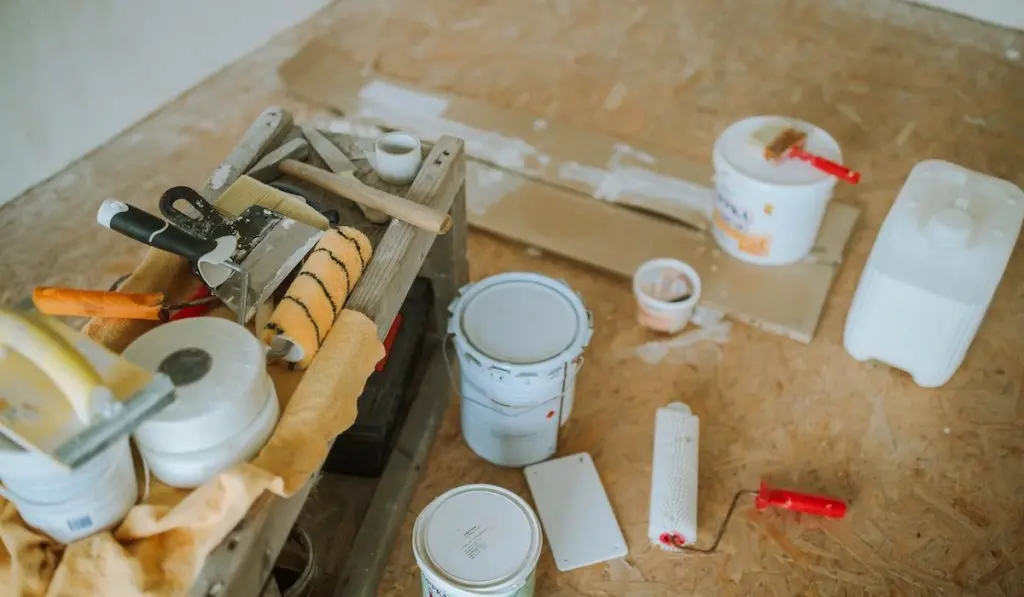Designing an office interior that balances both functionality and style can be challenging. However, by following a few practical tips, you can create an inspiring workspace tailored to your business needs. Start by selecting furniture that combines comfort with modern aesthetics. Incorporate ergonomic chairs and desks to enhance productivity while maintaining an appealing look. Personalizing your office with photos, artwork, decorative ornaments, and greenery such as indoor plants will cultivate a warm and inviting atmosphere. This thoughtful approach will not only boost your focus but also impress clients and visitors, making your office a pleasant place for everyone.
What Are the Essentials for Creating an Optimal Office Interior?
To design an optimal office interior, it’s essential to focus on key elements such as adequate lighting, ergonomic seating, and organized workspaces. Maximizing natural light through windows or glass doors helps create a vibrant and energizing environment. Supplement this with energy-efficient LED or fluorescent lighting to maintain consistent brightness throughout the day. Ergonomic chairs with adjustable height and lumbar support ensure comfort for employees of all sizes, improving posture and reducing fatigue. Additionally, keeping desks spacious and well-organized with sufficient storage solutions helps facilitate efficient workflow and minimizes distractions. Incorporating a welcoming reception area also enhances client interactions and sets a professional tone.
Choosing the Right Space: How Important Are Size, Layout, and Features?
Selecting the ideal office space requires careful consideration of size, layout, and features to support your business operations. Here are some guidelines to finance homework help you get started:
Size matters. Ensure your office is spacious enough to accommodate your team and equipment comfortably. For small businesses, aim for a space at least twice the size of your current workspace to allow room for growth and flexibility. Larger organizations benefit from open floor plans that encourage collaboration and easy movement.
Layout is crucial. Arrange your workspace logically by situating desks and computers in areas that minimize distractions while optimizing workflow. Utilize zones for different functions such as meetings, focused work, and storage to keep everything within easy reach and promote productivity.
Features should align with your needs. Consider technological infrastructure, accessibility, and amenities that support your team’s daily activities. Elements such as soundproof meeting rooms, ample electrical outlets, and break areas enhance the overall functionality of your office.
Accessories and Personalization: What’s Necessary to Make Your Office Look Personal?
First impressions are shaped by the decor when entering an office. Although accessories and personalization aren’t mandatory, thoughtfully chosen items can add character and make your workspace uniquely yours. Here are eight essentials often used to personalize office interiors:
1. A framed photograph or sculpture of someone you admire or yourself, placed on your desk or hung on the wall. This fosters a sense of belonging and makes the space feel welcoming.
2. Greenery like a plantscape or hanging fern adds life and a natural touch to the workspace, enhancing air quality and promoting a calming environment.
3. Comfortable seating paired with an ottoman or bench provides relaxation spots during breaks while complementing the office’s style.
Decorating Basics: Tips for Choosing Furniture, Wall Art, and Accessories.
There’s no one-size-fits-all rule for decorating your office, but understanding your personal work habits and style preferences is key. For furniture, prioritize pieces that fit your usage needs: large, comfortable seating with ample storage if you handle many physical documents, or sleek and compact desks if your work is primarily digital. When selecting wall art, choose versatile pieces that enhance ambient light and can easily be updated or relocated. Additionally, incorporate accessories that complement both practicality and aesthetics, such as stylish organizers, accent lighting, and decorative items that inspire creativity.
Seasonal Appeal: What Works in the Winter, and What in the Summer?
Office interiors can be adapted to reflect seasonal changes, creating a dynamic and comfortable environment year-round. In summer, incorporating bright colors, light fabrics, and natural elements like fresh flowers or greenery can create a cool, invigorating atmosphere that helps employees stay energized. For winter, warmer tones such as earth colors, wood accents, and cozy textiles like throws or cushions contribute to a comforting and inviting space. Adding seasonal decorations like subtle snowflake motifs or warm lighting can also enhance the ambiance without overwhelming the professional setting.
Modern offices increasingly incorporate flexible designs that transition seamlessly across seasons, including adjustable lighting and temperature controls. This adaptation not only improves employee satisfaction but also promotes wellness and productivity throughout the year.
Infographic provided by Shipping Container Rental Company, Container Alliance
Conclusion: Putting It All Together – How to Create Your Perfect Office Interior.
Designing a functional and stylish office is achievable with thoughtful planning and execution. Here are five effective tips to craft your ideal workspace:
1. Identify your specific needs: Determine what features and furniture will enhance comfort and productivity, then prioritize these in your design choices.
2. Maintain a simple, coherent layout: Group furniture in clusters to reduce clutter and improve ease of navigation, minimizing distractions and eye strain.
3. Choose a cohesive color palette: Select colors that complement your office’s purpose—calming hues for focus, or vibrant tones to stimulate creativity.
4. Personalize the space thoughtfully: Add meaningful accessories and decor that reflect your personality and professional identity without overcrowding.
5. Integrate flexible design elements: Use adjustable lighting, modular furniture, and seasonal decor to keep your office both functional and fresh year-round.
Additionally, paying attention to sustainability by incorporating eco-friendly materials and energy-efficient lighting can contribute to a healthier work environment and reduced operational costs. Prioritizing employee well-being through ergonomic options and biophilic design principles has also shown to enhance productivity and job satisfaction in modern office spaces.



